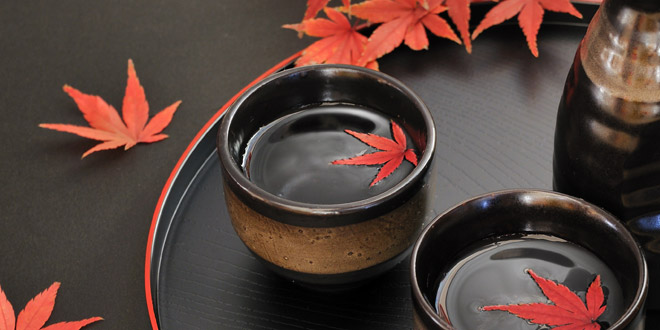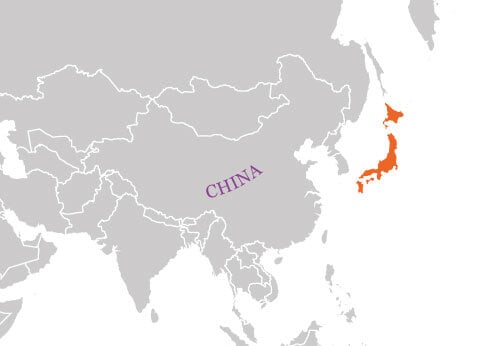
Sake
Sake is a fiendishly complicated category, but the majority of bottles can be placed into four distinct styles, based around the percentage of rice-grain polishing (seimaibuai), and whether the sake has had distilled alcohol added: junmai (no fixed polishing amount; no alcohol added); honjozo (minimum of 30% polishing; small amount of alcohol added); ginjo (minimum 40% polishing; alcohol addition optional); and daiginjo (minimum 50% polishing; alcohol addition optional).
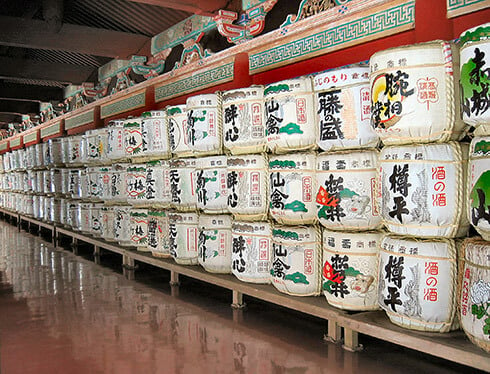 The world of sake is very complicated, but you'll struggle to find a better match for sushi and sashimi. Photo by Stanistani (own work) via Wikimedia Commons [Licence]
The world of sake is very complicated, but you'll struggle to find a better match for sushi and sashimi. Photo by Stanistani (own work) via Wikimedia Commons [Licence]
We'll start with the four main categories, or 'special designations' (tokutei meisho):
- Junmai
- The purest form of sake, with no fixed polishing percentage, and no distilled alcohol added.
- Honjozo
- A minimum of 30% polishing; a small amount of alcohol added to lighten and add fragrance.
- Ginjo
- Minimum of 40% polishing; alcohol addition optional – bottles labelled ginjo will have alcohol added; those marked junmai ginjo won’t.
- Daiginjo
- minimum of 50% polishing; alcohol addition optional – daiginjo sakes will have alcohol added; sakes labelled junmai daiginjo won’t.
There is a special fifth category for unpasteurised sakes, called nama, which encompasses all four styles above.
Should I drink it hot or cold?
There is no definitive answer, but the more delicate styles, including ginjo and daiginjo, benefit from being chilled, while more robust styles such as junmai work well at room temperature, or gently heated. And while it’s true that some inferior sakes are served warm to mask their faults, serving sakes warm per se is not a reflection on their quality.
So, the more the rice has been polished, the better the sake?
Not necessarily. Sakes made with higher polishing levels may well be more expensive, as the yield will be much lower and more rice needed to produce them, but they are not inherently better because of this.
Any other types of sake I should know?
Nigori sake is unfiltered; koshu means the sake has been aged; kijoshu sake is sweeter, thanks to sake added to the brewing water; and genshu is ‘undiluted’ sake, with a strength of 17-19% abv, higher than the 14-16% norm.
Typical Character and Style of Sake
-
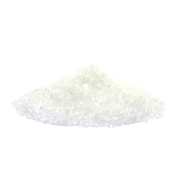 Salt (powder)
Salt (powder)
-
 Honey
Honey
-
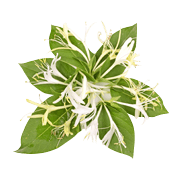 Honeysuckle
Honeysuckle
-
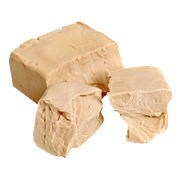 Yeast
Yeast
Filter
Price Range
Type (1 selected)
Your search did not find any products; please change your search criteria.


